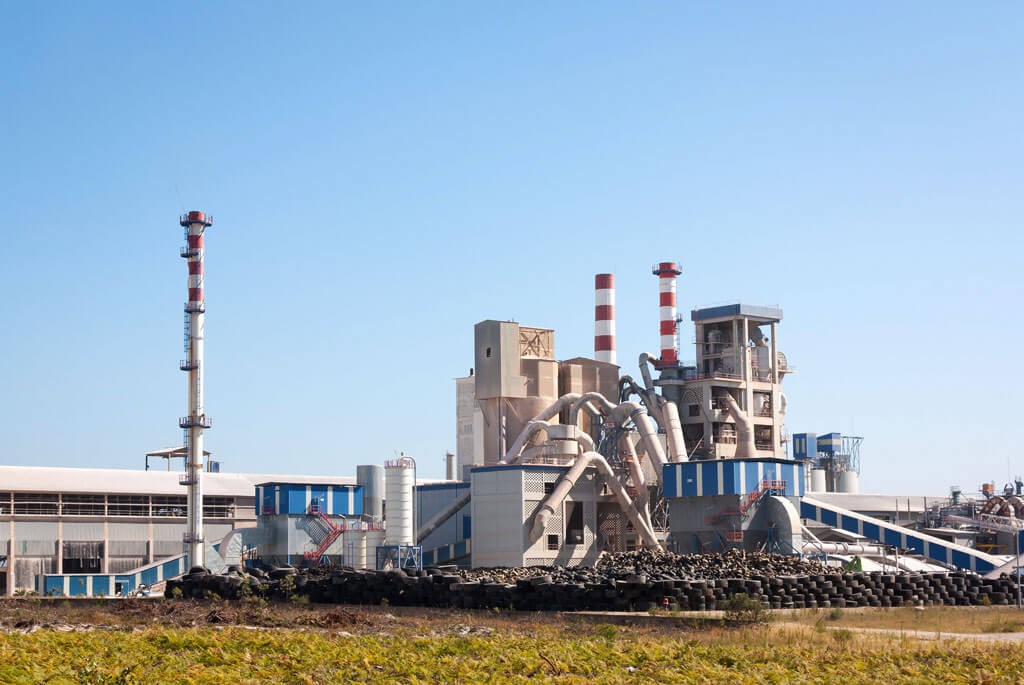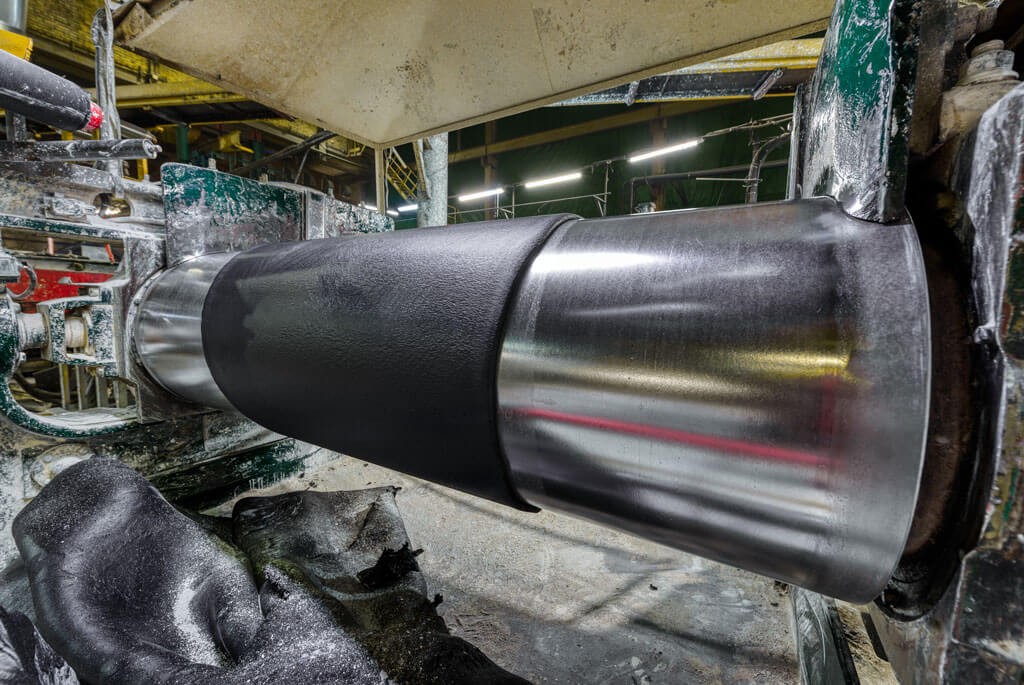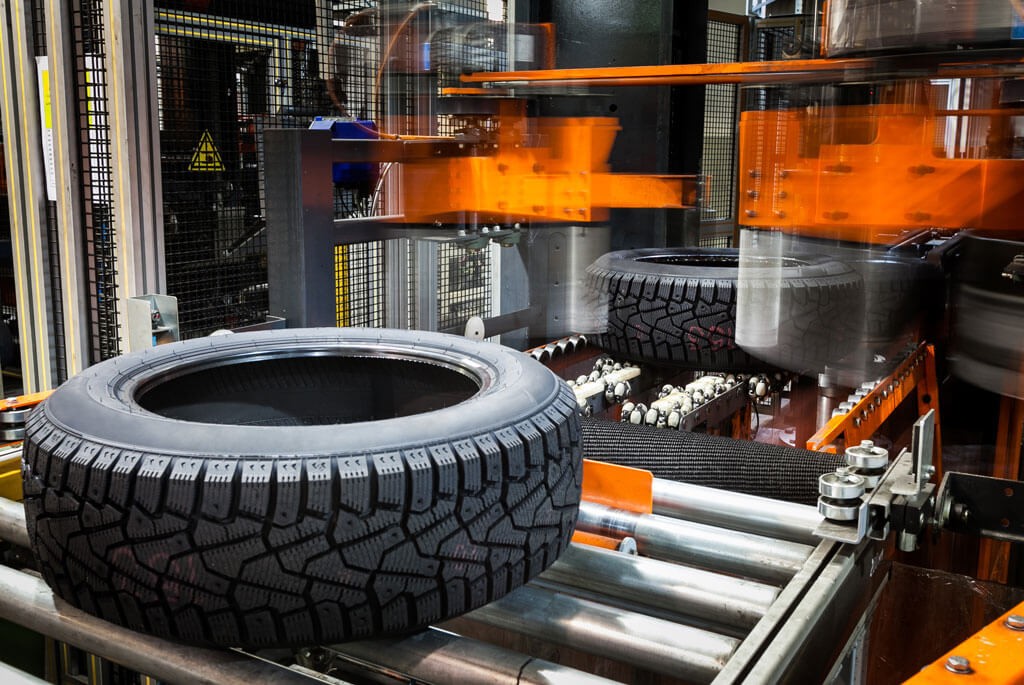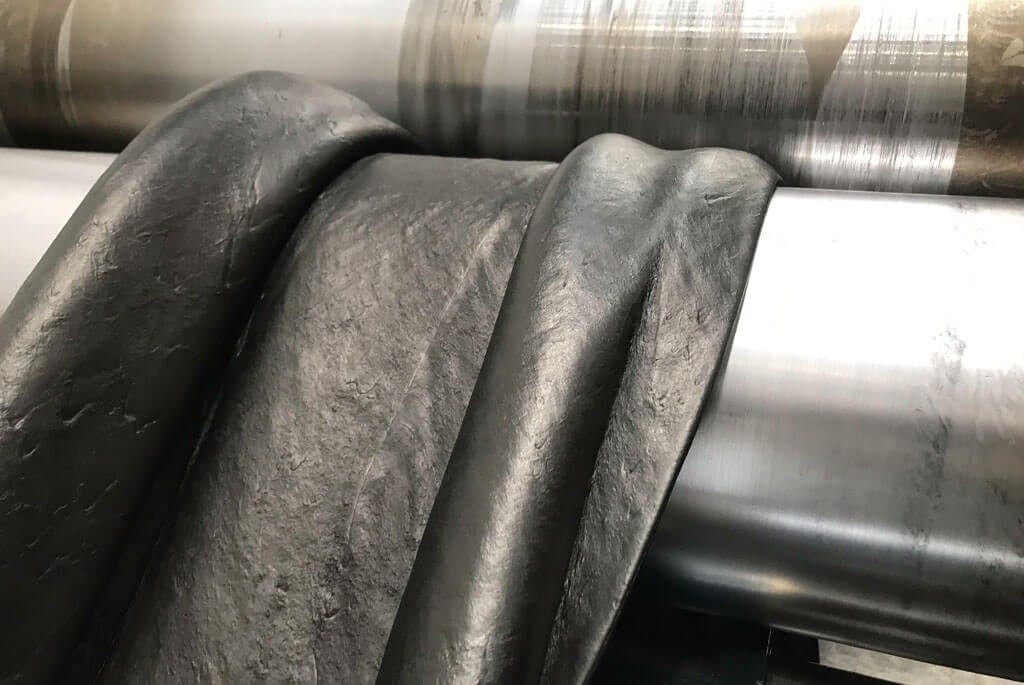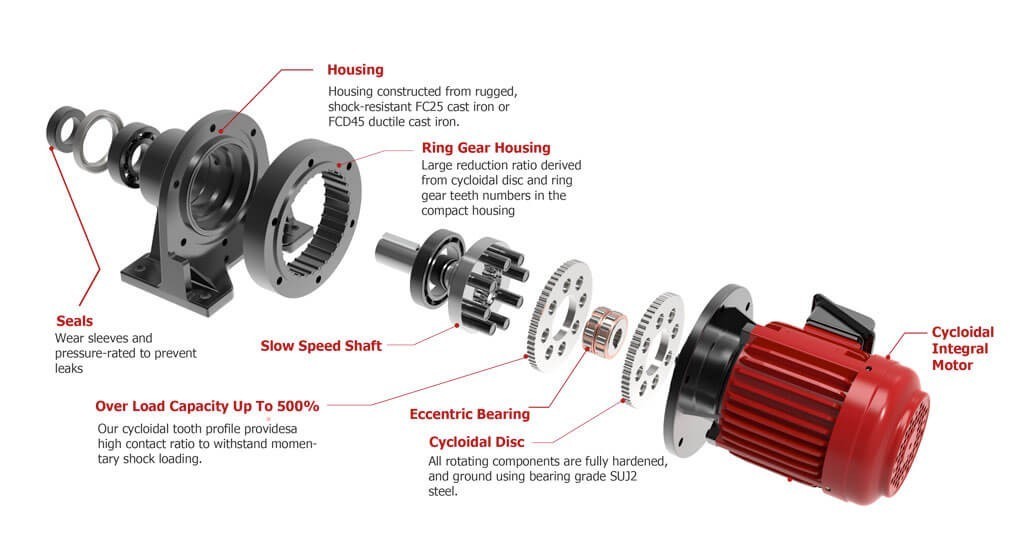Cyclo Drives In The Rubber & Tire Industries
Hard wearing, durable and reliable cyclo drives are key components for rubber processing and manufacturing.
How do cyclo drives support the rubber & tire industries?
Cyclo drives are a major component of machinery used in rubber processing and the manufacture of rubber products from conveyors to tires. Because cyclo drives are able to operate at high torque and withstand extreme loadings they are perfectly suited to rubber mixing and processing, especially using Banbury mixers, rubber calenders and sheeters.
In tire manufacturing, cyclo drives provide the rugged and reliable solution for powering tire building machines, tire and tube press openers as well as tubers and strainers. Cyclo drives are well suited to these high load applications because cyclo designs share loads between internal components.
Cyclo Drives Offer Higher Performance In Smaller Formats Than Planetary Drives
Conventional gearbox and drive designs concentrate loads on single shafts and gears, which makes them more likely to fail when put under extreme loads unless they are significantly over-sized for the application. A smaller cyclo drive can be used for the same job because cyclo drives can easily withstand high loads even in continuous operation..
Cyclo drives are highly resistant to shock loadings and the compact size and toughness of cyclo drives allows single sizes to be used for a wide range of applications, reducing the need for a wide range of different drives to be kept on-site. This simplifies maintenance and enables cyclo drives to be moved to different tasks if required.
Cyclo drives provide peace of mind in continuous operation
In the highly competitive rubber and tire industries, manufacturers need to be able to operate 24-7 without breakdowns and stoppages. The rubber and tire industries have smaller profit margins than many other businesses, and it is essential that production can be reliably maintained without expensive interruptions.
Because cyclo drives wear very evenly it is possible to plan maintenance intervals to suit the business without fear of sudden failures. Conventional gearboxes and drives can fail suddenly without warning when experiencing peak loads. Cyclo drives are much harder to break and normally give plenty of warning that maintenance is required.
Applications of cyclo drives in the rubber & tire industries
Transcyko cyclo drives and cyclo derivatives can be used as the first choice, or as a trouble-free alternative to conventional gearboxes, drives and reducers, as well as being the most reliable option for mixing and transport tasks. Planetary gearboxes are often used in tire recycling, but for rubber manufacturing cyclo drives are the logical choice.
- Mixer
- Rubber Calender
- Rubber Mill (2 or more)
- Sheeter
- Tire & Tube Press Openers
- Tubers & Strainers
- Elevators & Transporters
- Tire Building Machines
Why Are Cyclo Drives Used In Rubber & Tire Manufacturing Industries?
There are three major benefits of using cyclo drives and gearmotors in the rubber and tire manufacturing industries.
- Cyclo Drives Are Compact & Cost-Effective
- Cyclo Drives Become More Efficient at Higher Input Speeds
- Standard Cyclo Drives Can Be Used Across a Wide Range of Machinery
Cyclo Drives Are Compact & Cost-Effective
Cyclo drives are more efficient than conventional planetary gearboxes. Cyclo drives offer higher power ratings in a more compact package than conventional planetary gearboxes with the same features. This means a shorter cyclo drive has the same technical specifications and power range as larger, much more expensive conventional gearboxes.
Cyclo Drives Become More Efficient at Higher Input Speeds
Cyclo drives become more efficient at higher input speeds, but are also capable of high reduction rations. This makes cyclo drives and gearmotors an ideal choice for the extreme demands of the rubber and tire industries, and offers significant gains over using planetary gearboxes of the same rating.
Standard Cyclo Drives Can be Used Across a Wide Range of Machinery
Because cyclo drives can be standardized between multiple types of machinery there is an added benefit of uniform maintenance and a reduction in parts inventory. Major efficiency gains from using cyclo drives in the rubber and tire manufacturing industries come from being able to use smaller drives and rely on fewer models with easy maintenance and parts management.
Selecting a cyclo drive for rubber & tire manufacturing
How Do I Select a Cyclo Gearmotor?
The selection of a suitable cyclo gearmotor depends on motor horsepower and/or torque requirements measured at the output shaft. Cyclo gearmotors are very efficient over a wide range of reduction ratios. This often means that input power can be reduced, requiring a motor with a lower HP rating, without losing output shaft torque.
What Information Do I Need to Select a Cyclo Drive?
To identify the correct cyclo drive for your requirements, you will need to consider:
- The application: what type of machine is being driven
- Expected daily hours of operation
- Motor horsepower (HP) and speed (RPM)
- Mounting type: vertical, horizontal, right-angle…
Also make a note of any specialized requirements including environmental exposure as this will be useful in determining specific casing and construction details.
How Are Service Classes Used for Cyclo Gear Motors & Drives?
AGMA-defined Service Classes are applied to rate cyclo gearmotors for defined operational loading conditions. AGMA Service Classifications for gearmotors are: uniform (I), moderate shock (II), and heavy shock (III). These classifications enable you to fit your product selection to specific tasks.
It is important to check the AGMA Class recommendations of your installation to ensure you match your drive choices correctly. Using an AGMA Class I or II planetary gearbox for an AGMA Class III operation will almost certainly result in rapid, and sudden, equipment failure.
Which Rubber & Tire Industry Operations Might be AGMA Class III?
In the rubber and tire manufacturing industries, most applications are AGMA Service Class II, with moderate shock loadings, and some general service equipment may even be AGMA Service Class I, but AGMA Service Class III is often specified for high load operations in the following cases.
- Rubber Mixers
- Tire Building Machines, Tire & Tube Press Openers
Case 1: Rubber Mixers
As a special case in the rubber industry, mixers are usually AGMA Service Class III because of the high viscosity of rubber compounds. This requires extremely shock resistant drives to withstand the forces generated in rubber mixing.
Mixing and churning rubber compounds can be a very high load operation, especially when mixing in additives and fibers that increase the durability and strength of the resulting product.
Case 2: Tire Building Machines, Tire & Tube Press Openers
In tire manufacturing, especially for larger installations and bigger tire sizes, AGMA Class III may also be specified by machinery providers. Tires are designed to be very hard wearing and survive very high loads, just like cyclo gear motors. It should not be surprising that cyclo drives and cyclo gear motors are the best choice for tire manufacturing machinery!
Will a Cyclo Gear Motor withstand unexpected shock loads?
Cyclo gearmotors spread loads evenly between moving parts. This enables cyclo drives and gearmotors to withstand momentary intermittent shocks of 500% of the standard rating. This is much better than planetary gearmotors.
Planetary gearmotors are usually rated to 300% momentary shock overload. Cyclo drives can do even better than 500% if required, and some rubber and tire industry applications may call for an even higher rating. Our technical team will be happy to design a custom configuration if you expect shock loads greater than 500% of the design rating.
What are the standard input speeds for cyclo gearmotors?
Standard cyclo motor speeds at 60Hz are 1750 and 1165 RPM, which equates to 1450 and 980 RPM at 50Hz. Non-standard input speeds will need to be calculated to determine how they affect horsepower and torque ratings. Our technical team is always happy to discuss any requirement.
What are the thermal capacity limitations of cyclo drives?
The smooth, almost frictionless operation (unlike traditional helical gears) of cyclo drives gives them a thermal rating that is beyond the mechanical capacity of the cyclo drive. Cyclo drives are not subject to conventional heat limitations even when worked hard because of the shared internal loadings within the drive.
What inverter turn-down ratio is available?
A 10:1 ratio is standard for unbraked motors. Braked motors may be limited to 4:1 or better depending on power rating. A 1000:1 ratio is available in a C-face configuration.
Key Features of Transcyko 600 Series Cyclo Drives
- Wear sleeves and pressure rated seals ensure excellent sealing of the cycloidal drive even in harsh conditions.
- Casings constructed of rugged, shock-resistant FC25 cast iron or FCD45 ductile cast iron.
- Reduction gearing is contained in a compact ring gear housing for high power density enabling large reduction ratios.
- Fail-safe service as stresses are shared across 60% of component parts during operation, compared to 5% or less for conventional drives.
- Rotating components are vacuum degassed, hardened bearing grade SUJ2 steel for consistent and reliable performance.
- Output shafts can be customized to any size or material requirement.
- Overload capacity withstands momentary shock loads of up to 500% of normal operational range.
